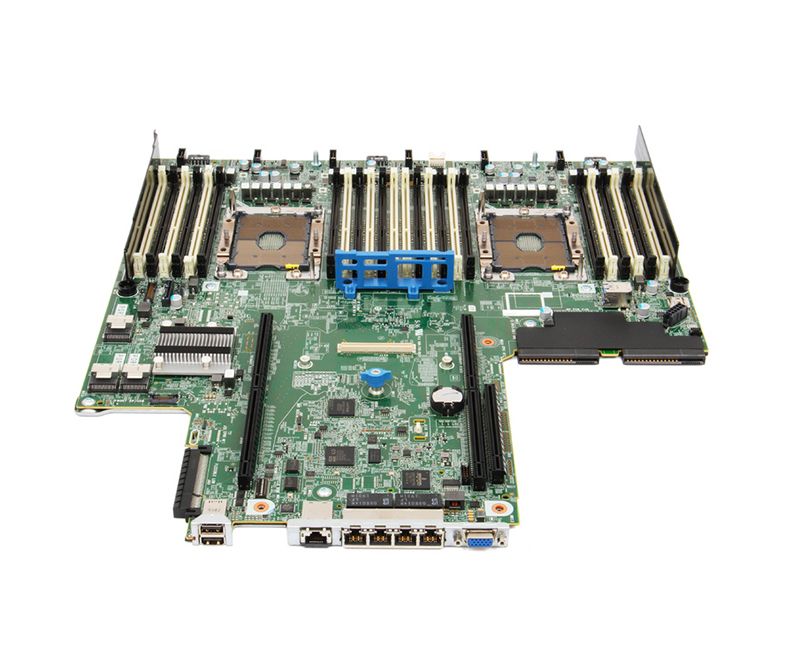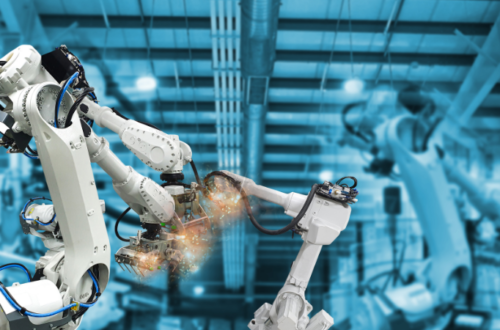Introduction to Motherboard Components
Understanding motherboard components is fundamental for anyone looking to build or upgrade a computer. The motherboard serves as the primary circuit board that connects all other components, enabling them to communicate. Its design and features determine the overall performance, compatibility, and expandability of your system.
When considering motherboard components, pay attention to the following key features:
- CPU Socket: Where the processor connects to the motherboard.
- RAM Slots: The locations for memory modules.
By familiarizing yourself with these components, you can make informed decisions when purchasing or upgrading your motherboard, especially when exploring motherboards for sale.
The Role of the CPU Socket
The CPU socket is a pivotal component that allows the central processing unit (CPU) to interface with the motherboard. This socket dictates which processors are compatible with your motherboard, influencing your system’s performance. Different socket types exist, including LGA (Land Grid Array) and PGA (Pin Grid Array), each designed for specific CPU families.
When selecting a motherboard, ensure that the socket type matches the CPU you plan to use. For instance, Intel and AMD have distinct socket types, so compatibility is crucial. Additionally, consider future upgrade options; some motherboards support multiple generations of processors, providing flexibility for future enhancements.
The placement of the CPU socket also plays a significant role in overall system design. A well-positioned socket can facilitate better cooling solutions, which can prevent overheating during intensive tasks. Thus, understanding the significance of the CPU socket can help you make a more strategic purchase.
RAM Slots and Their Importance
RAM slots, often referred to as DIMM slots, are crucial for your system’s performance. They house the RAM (Random Access Memory), which temporarily stores data that the CPU needs to access quickly. The number and type of RAM slots directly impact your system’s capacity for multitasking and overall speed.
Most motherboards come with two to eight RAM slots. The more slots available, the greater the potential for memory expansion. It’s essential to check the motherboard’s maximum RAM capacity and supported memory types, such as DDR4 or DDR5, to ensure optimal performance.
In addition to capacity, RAM speed matters. The motherboard specifications will outline the supported memory speeds, which can significantly affect how fast your applications run. Therefore, carefully consider both the number of slots and the speed of RAM when choosing a motherboard.
Understanding the Chipset
The chipset acts as a communication hub on the motherboard, managing data flow between the CPU, RAM, and other peripherals. This component significantly influences your system’s performance and capabilities. Generally, chipsets are divided into two categories: northbridge and southbridge.
The northbridge handles high-speed connections, such as those between the CPU and RAM, while the southbridge manages slower connections, like USB ports and SATA interfaces. Modern motherboards often integrate both functions into a single chipset, simplifying design and enhancing performance.
When selecting a motherboard, the chipset determines the features available, such as overclocking capabilities, the number of PCIe lanes, and support for various storage technologies. Therefore, understanding the chipset can help you choose a motherboard that meets your specific performance needs.
Expansion Slots and Upgradability
Expansion slots on a motherboard allow users to add additional components like graphics cards, sound cards, and network cards. These slots are essential for enhancing the capabilities of your computer, particularly for gamers and professionals who require specialized hardware.
The most common type of expansion slot is PCI Express (PCIe), available in various versions, such as PCIe 3.0 and PCIe 4.0. The number of available PCIe slots can vary widely among motherboards. Therefore, if you plan to upgrade your system with additional hardware, ensure that your chosen motherboard has sufficient slots.
Additionally, the layout of these slots is important. A well-designed motherboard will allow for adequate airflow and cooling around components, reducing heat buildup and enhancing performance. When looking at motherboards for sale, pay attention to the expansion slot layout to ensure your system remains cool and efficient.
Power Connectors: The Heart of Your System
Power connectors are vital for supplying electricity to the motherboard and its components. The main power connector is typically a 24-pin connector that links the motherboard to the power supply unit (PSU). Some motherboards also feature additional connectors for the CPU and graphics cards to ensure they receive adequate power.
Understanding the power requirements of your components is critical. Insufficient power can lead to system instability, crashes, or even hardware damage. Thus, selecting a high-quality PSU that meets the demands of your motherboard and components is essential for a smooth computing experience.
Moreover, the placement of power connectors affects cable management within the PC case. Good cable management improves airflow, contributing to better cooling. Therefore, considering the layout and types of power connectors is essential when selecting your motherboard.
Storage Interfaces and Options
Storage interfaces connect your storage devices—such as SSDs and HDDs—to the motherboard. The most common interfaces include SATA (Serial ATA) and NVMe (Non-Volatile Memory Express). The type of interface can significantly impact the speed and performance of your storage solutions.
Most motherboards come with multiple SATA ports for connecting traditional hard drives and SATA SSDs. However, NVMe drives connect directly to the motherboard through M.2 slots, providing much faster data transfer speeds. When choosing a motherboard, think about how many storage devices you plan to use and whether you prefer the speed of NVMe or the capacity of traditional drives.
Additionally, some motherboards offer RAID (Redundant Array of Independent Disks) support, which can enhance performance or provide data redundancy. If you’re dealing with critical data or require high-speed access, RAID capabilities can be a valuable feature to look for when browsing motherboards for sale.
Onboard Audio and Networking Features
Onboard audio and networking capabilities are important features found on most modern motherboards. Integrated sound chips provide audio output, eliminating the need for a separate sound card, which can be sufficient for most users. However, if you are an audiophile or a gamer, you may want to consider motherboards with high-quality audio components.
Similarly, onboard networking solutions, such as Ethernet ports and Wi-Fi capabilities, offer seamless connectivity without additional hardware. When selecting a motherboard, consider your networking needs. For gaming or streaming, a motherboard with a high-speed Ethernet port can make a significant difference in performance.
Upgrading to a motherboard with advanced audio and networking capabilities can enhance your overall experience. Therefore, assess your needs in these areas when considering which motherboard components to prioritize in your purchase.
Conclusion:
Understanding motherboard components is essential for anyone looking to build or upgrade a computer. Each component, from the CPU socket to storage interfaces, plays a significant role in your system’s performance and functionality. By familiarizing yourself with these elements, you can make informed decisions that lead to a more efficient and powerful PC.
As you explore motherboards for sale, keep in mind the importance of compatibility, future upgrade options, and the specific features that align with your computing needs. A well-chosen motherboard can significantly enhance your experience, whether you’re gaming, working, or enjoying multimedia content. Stay informed about the latest advancements in motherboard technology to make the best choices for your computing needs.





